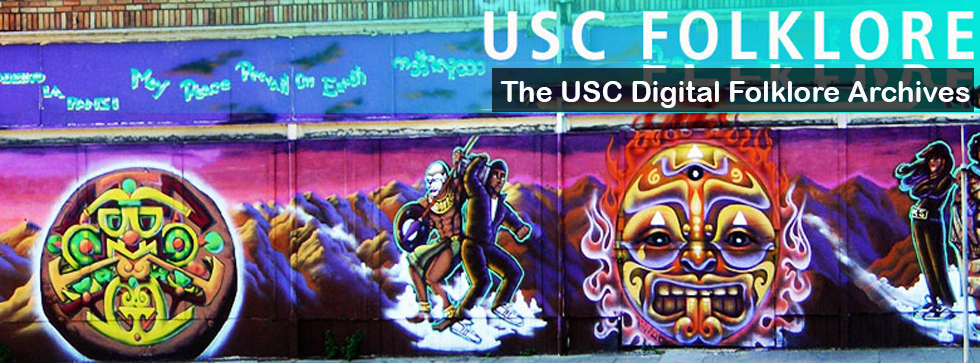Main piece: The idea that you don’t talk about it (the baby). You don’t talk about it, you don’t bring the furniture in the house, buy the furniture but can’t open it, or put it together until the baby’s born. You come home from the hospital and have to put the crib together. In the day, when your father was born, you stayed in the hospital after you gave birth for a couple of days. So you (or the husband) had time. People that weren’t you, giving birth. So probably a month before I was due to have the baby, we went to Hutzler’s, which at the time was a very lovely department store, and we bought everything that we needed. Furniture, clothes, everything. And when the baby was born, Z [her husband] called Hutzler’s and told them to deliver tomorrow or whatever, and that’s why we did. Because you just want to make sure everything is alright.
Background: My informant is a seventy-nine year old Jewish woman living in Baltimore, Maryland. She is also my grandmother. She describes herself as a follower of “bubbe-meise” (Yiddish), translated to “grandmother’s fable”, or a more serious version of old wive’s tales that are often accompanied by superstitions. The baby she is discussing was her first child (of three), my father, who was born in May 1965.
Context: This practice is customary for Jewish couples. During a celebration for my father’s birthday, my mother brought up a (non-Jewish) co-worker, whose wife didn’t want to know anything about the gender of the baby, or even talk about her pregnancy before the baby was born. My mom then told the co-worker, “how Jewish of her”. When I asked for an explanation, my grandmother interjected with this story about her pregnancy with my father. She takes this superstition incredibly seriously, having heard it from her mother, who heard it from her mother.
Analysis: This custom seems to exist to protect the emotional and well-being of couples who may end up losing their baby. As there is a high risk in giving birth, especially prior to the invention of modern birthing practices, having the room set up/furniture ready for a baby that may not end up coming home could be emotionally and financially taxing on expectant parents. With this practice, not talking about the baby or preparing for its arrival home until after its birth creates the illusion of low to no expectations in the liminal and risky space of pregnancy. Over time, this has almost become a superstition like a jinx, that talking about the baby will result in bad luck and potentially riskier birth.
